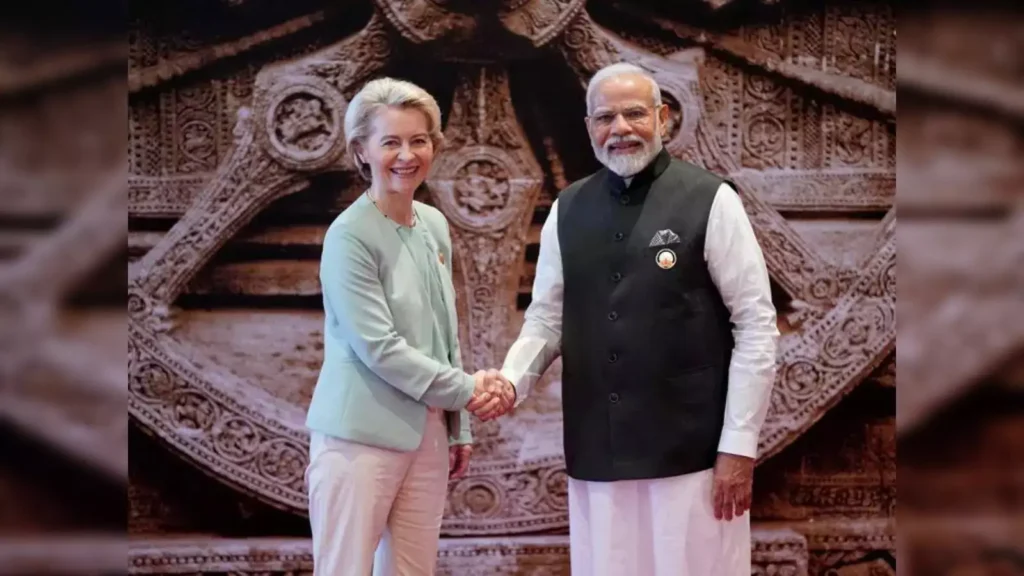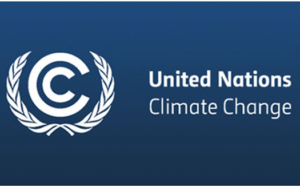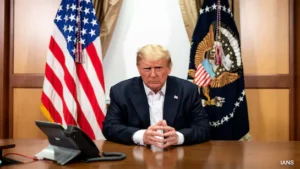EU-India Trade Deal Progresses Toward Finalization in 2025

High-Level Talks Drive Momentum
Negotiations for the long-awaited Free Trade Agreement (FTA) between the European Union and India have gained significant traction, with both sides aiming to finalize the deal by the end of 2025. The 10th round of discussions is scheduled to take place in Brussels from March 10–14, focusing on critical areas such as goods, services, investment, and government procurement.
Commerce and Industry Minister Piyush Goyal recently met with European Trade Commissioner Maros Sefcovic to accelerate progress. Both leaders expressed their commitment to a commercially meaningful agreement that would not only enhance bilateral trade but also address pressing global economic challenges.
A Trade Relationship Worth $180 Billion
India and the EU have a robust economic relationship, with trade between the two reaching $180 billion in 2023–24. India exported $106.31 billion in goods and services, while the EU sent $94.79 billion worth of exports to India. Additionally, the EU remains one of the largest sources of Foreign Direct Investment (FDI) in India, with cumulative investments totaling $117.34 billion.
Key Negotiation Points
The ongoing discussions cover a wide range of sectors, including:
- Tariff Reductions: India is seeking lower tariffs on textiles and agricultural goods, while the EU is pushing for reduced tariffs on automobiles and high-end manufacturing.
- Market Access: The EU is keen on securing greater access for its pharmaceutical and financial services sectors, while India wants better opportunities for its IT and labor-intensive industries.
- Regulatory Standards: Negotiations include agreements on environmental and labor regulations, which have been contentious points in previous talks.
- Intellectual Property Rights (IPR): The EU is pressing for stricter IPR protections, while India seeks a balanced approach that considers its domestic pharmaceutical and technology industries.
- Sustainability and Digital Trade: The EU wants strong commitments on sustainability and carbon neutrality, while India emphasizes equitable digital trade rules.
Overcoming Past Roadblocks
FTA talks between India and the EU initially began in 2007 but stalled in 2013 due to disagreements over tariffs, labor laws, and intellectual property rights. Negotiations resumed in 2022, marking a fresh push toward a mutually beneficial agreement. The EU is India’s third-largest trading partner, and a successful trade pact is expected to provide a major boost to businesses across sectors.
Economic and Strategic Implications
The finalization of the EU-India trade deal could have significant geopolitical and economic implications. As global trade realigns due to supply chain disruptions and shifts away from China, a stronger EU-India economic partnership could emerge as a counterbalance in global commerce. The deal is also expected to strengthen India’s position as a key manufacturing hub under its “Make in India” initiative.
With both parties eager to complete the agreement by the end of 2025, the upcoming negotiation rounds will be crucial in determining the final terms. If successful, the EU-India FTA could reshape economic dynamics between the two regions, unlocking new opportunities for businesses and investors alike.
Stay ahead with ITBusinessNews – Your trusted source for Technology and Business news. Fast & Precise




